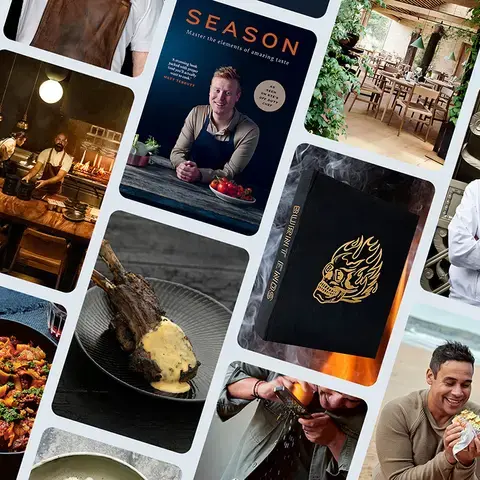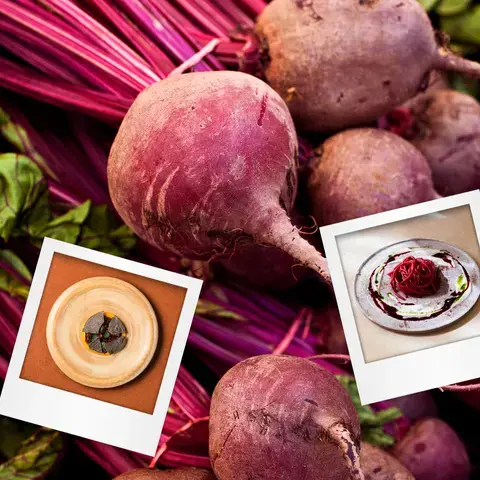You can age pretty much any piece of steak at home, but large muscle or sub-primal cuts like strip loin, ribeye, or sirloin work best. In fact, you can age any meat at home, even poultry like chicken or duck, but game meat works especially well, though more time may be required to break down the leaner wild meat. It is possible to age individual steaks at home, but the loss of moisture will mean they’ll reduce in size by as much as 50%. It is better to age large on-the-bone pieces, before they are cut into individual steaks.
How to dry age steak at home
A steak can be aged in your refrigerator at home. Your fridge is already a precisely controlled environment and most modern refrigerators have an air fan that keeps the air moving around the food stored within.
To age a steak simply place it on a wire rack and place the rack on top of a baking tray and place it in your fridge, away from any other foodstuffs that might contaminate it with strong aromas or flavours. Search for the air fan in your refrigerator, usually on the top shelf and place the steak near it if you can. You can buy a special air fan for your fridge if you plan on doing this regularly. You can then leave the steak there to age for anything from a few days to a few weeks or even months. The general consensus is that your steak will need at least two weeks to break down, change colour and take on the familiar flavour profile of aged beef. It’s a good idea to take a photo of your steak on day one, so you can monitor the change of colour over time, to give you an indication of progress. Add salt to both sides of the steak before you place it in the refrigerator, as this will speed up the process by hastening the loss of moisture. It also enhances the flavour of the finished result.
How to wet age steak at home
While dry ageing is the more traditional method, wet ageing has become more popular in recent years. Wet ageing requires the meat to be sealed in a vacuum bag like a sous vide bag or a meat ageing bag and allowed to rest for a period of time. It is called wet ageing because it keeps in all the moisture and doesn’t allow the meat to dry out. For this reason, the process takes longer, but the benefit is that it retains more flavour and gives the beef a more ‘gamey’ taste.
Wet ageing works better for lean cuts that don’t have a protective layer of fat, so it is particularly good for fillet steaks or game like venison and wild boar. Before sealing your beef in the bag, allow it to rest in the fridge on a wire rack with a baking tray underneath for 24 hours. This will drain some of the blood from the steak.
How to cook aged steak
















